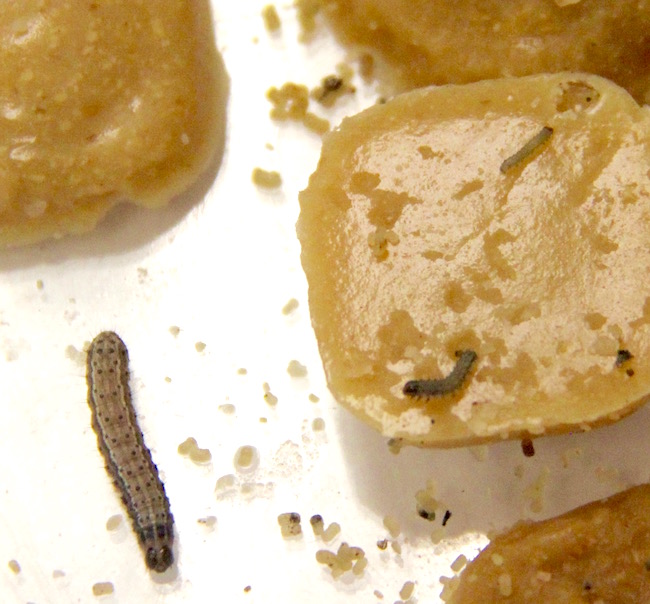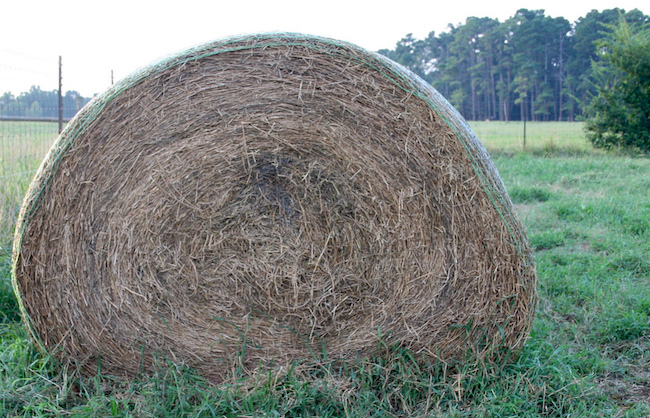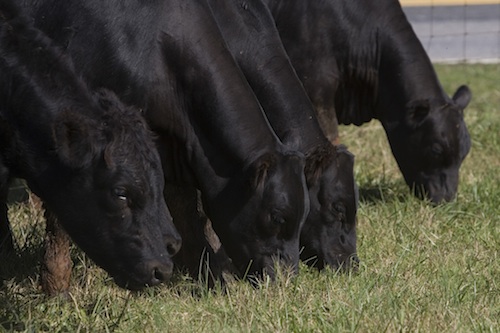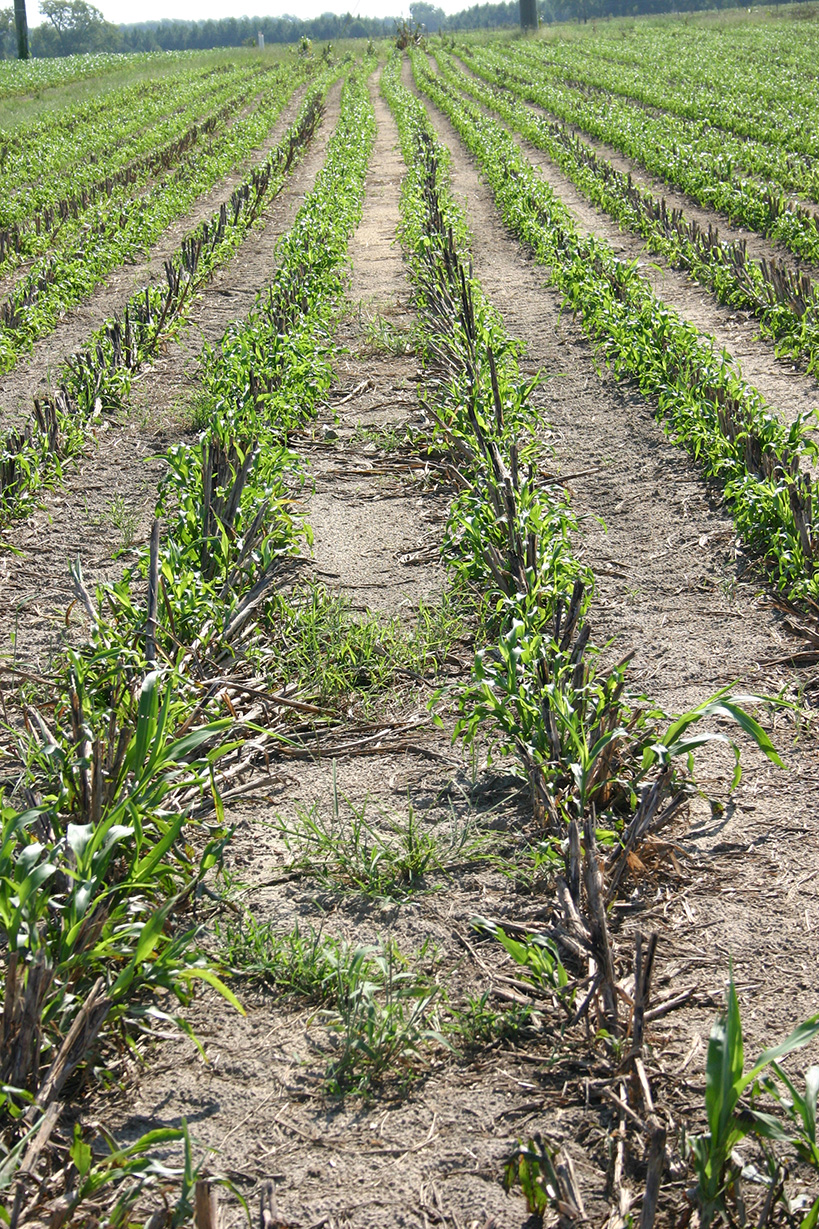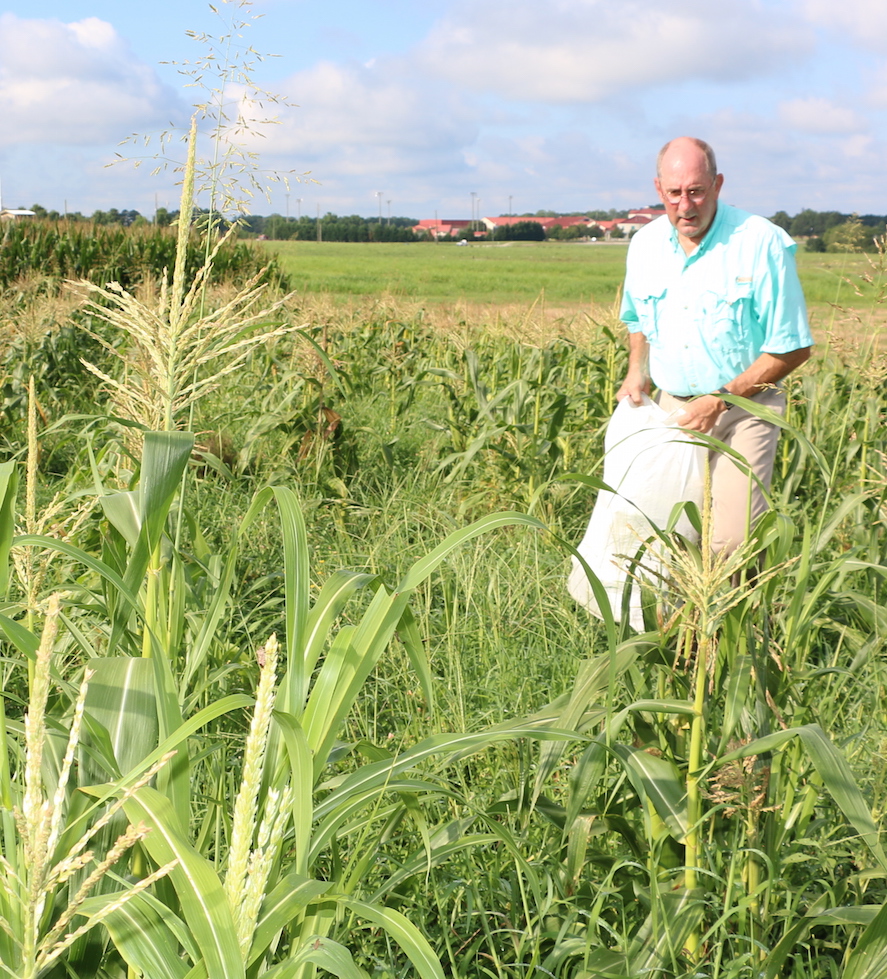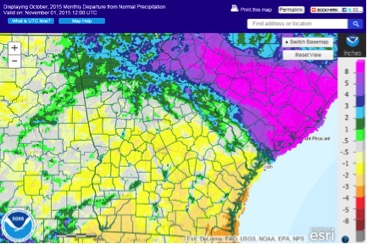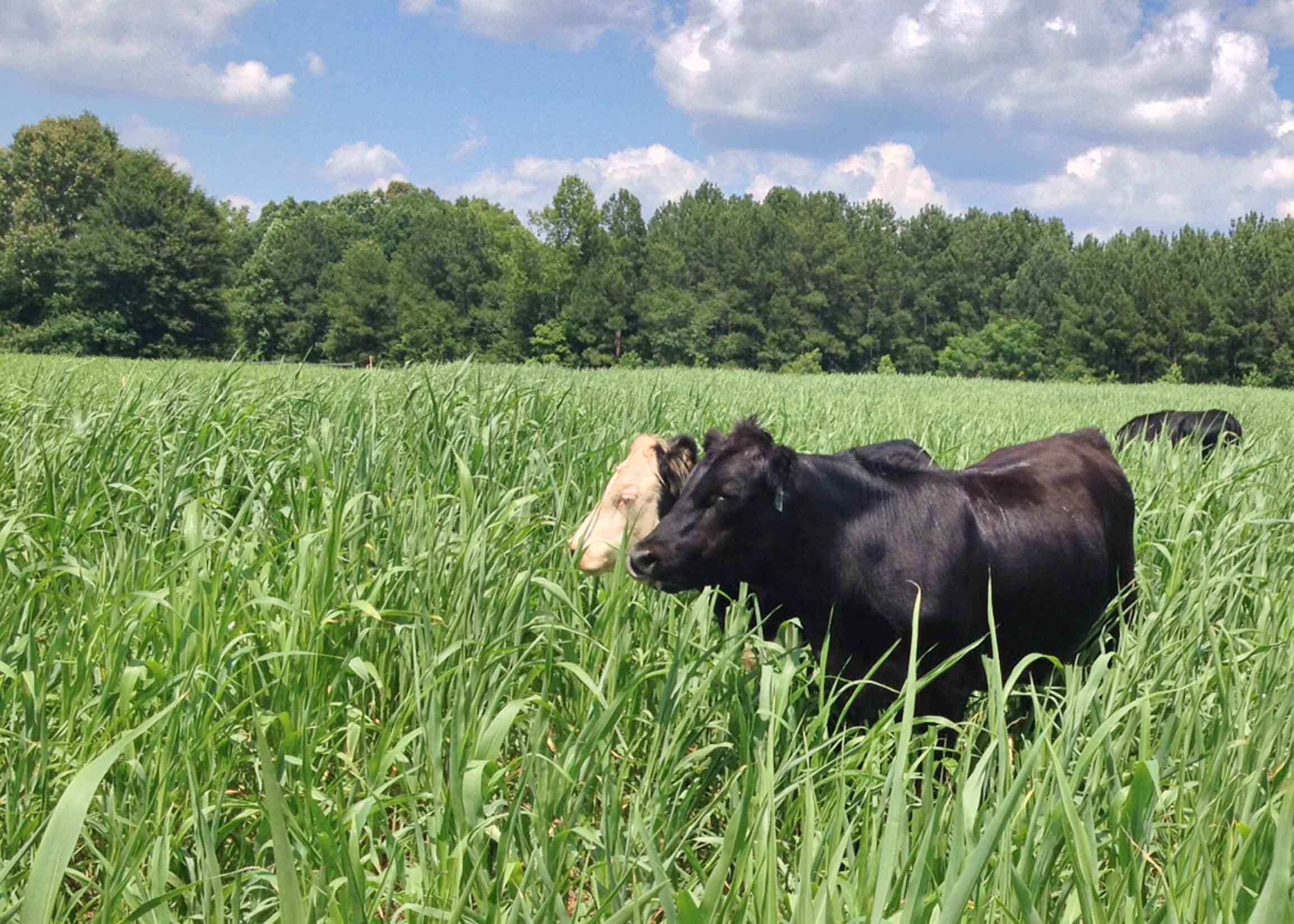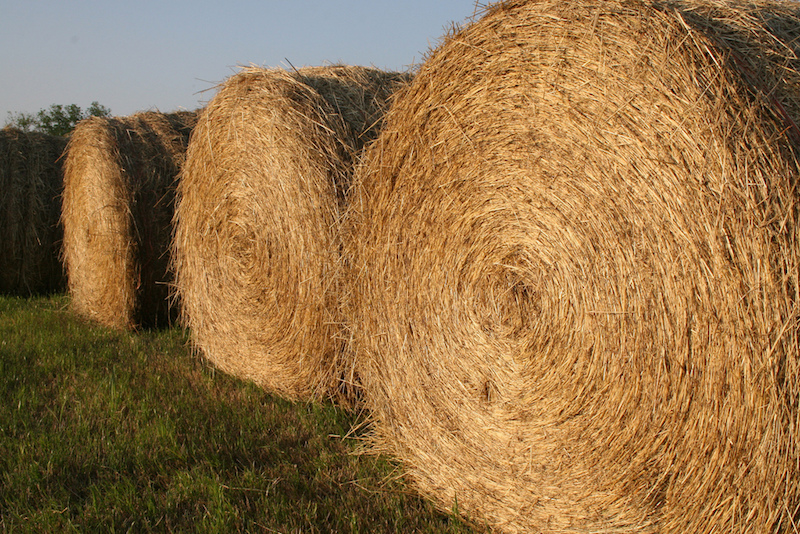 CAES News
CAES News
To Overseed or Not?
While drivers spend extra time in the car in search of fuel during the recent gasoline shortage, farmers are dealing with a more long-term shortage — a low supply of hay for their livestock.

